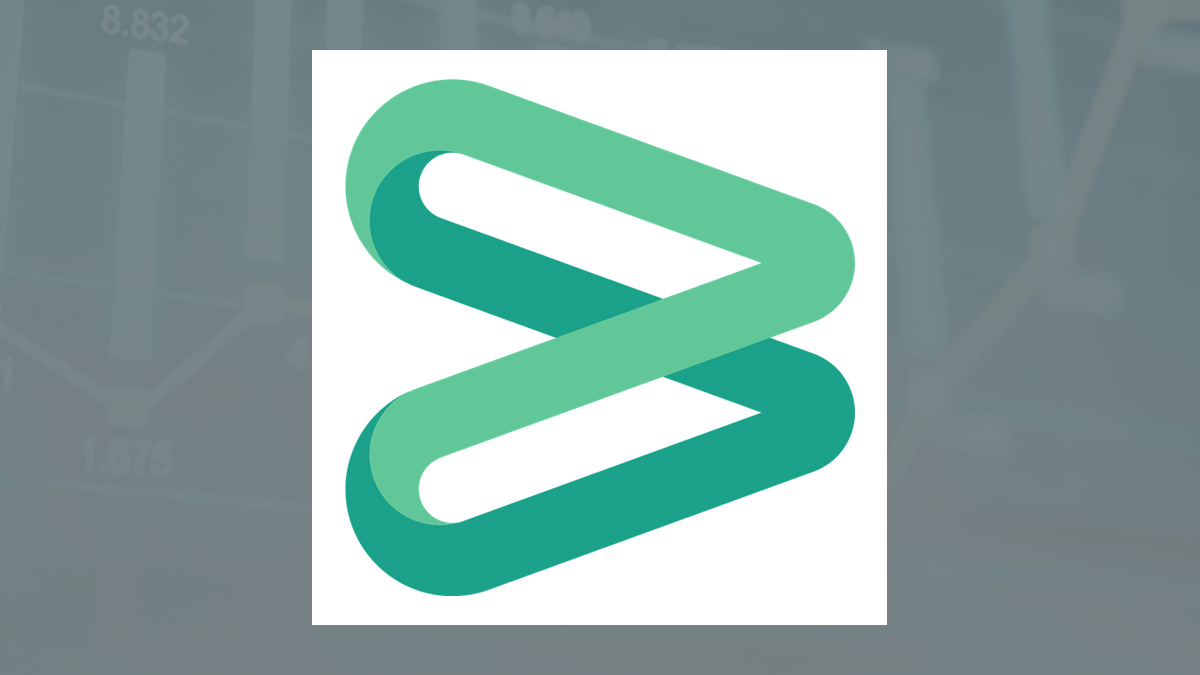 The company’s financial performance has steadily improved, with revenue growth driven by sales to oil and gas companies. Operating expenses have risen, but operating income remains stable. Management emphasizes new energy solutions and emissions reduction, leading to strong financial results. Key performance indicators show improved revenue and operating margins, positioning the company well in the energy sector. Market risks and governance practices are monitored closely. The company’s future plans focus on market expansion and innovative solutions, reflecting its commitment to sustainability and long-term growth.
The company’s financial performance has steadily improved, with revenue growth driven by sales to oil and gas companies. Operating expenses have risen, but operating income remains stable. Management emphasizes new energy solutions and emissions reduction, leading to strong financial results. Key performance indicators show improved revenue and operating margins, positioning the company well in the energy sector. Market risks and governance practices are monitored closely. The company’s future plans focus on market expansion and innovative solutions, reflecting its commitment to sustainability and long-term growth.
Executive Summary
Financials
Revenue growth has been steady over the past three years, driven by sales of products and services to oil and gas companies worldwide. Factors influencing revenue include energy demand, government regulations, and oil prices impacting customer spending. Operating expenses have increased from $5.28 million to $5.77 million year-over-year. However, operating income remained relatively stable at $653 million. The cost structure has shifted slightly due to the rise in expenses. The company’s net income margin is 12.8%, showing a decline from the previous year. This is lower than industry peers, indicating room for improvement in profitability.
Management Discussion and Analysis
Management has focused on new energy solutions, emissions reduction, and operational flexibility. These initiatives have led to improved financial results, revenue growth, and strong cash flow in the first quarter of 2024. Management assesses the company’s competitive position by focusing on multiyear upstream spending cycles, international and offshore markets, LNG projects, industrial metrics, and new energy solutions. They highlight the importance of delivering innovative, low-emission, and cost-effective solutions to remain competitive in the evolving energy industry. Major risks include market risk and mine safety violations. Mitigation strategies include evaluating disclosure controls and procedures and complying with regulatory requirements.
Key Performance Indicators (KPIs)
Risk Assessment
The top external factors that pose risks to the company operations and financial performance are market volatility, changes in regulatory policies, and global economic conditions impacting the energy and industrial sectors. BKR evaluates and controls cybersecurity risks through disclosure controls and procedures, ensuring effective management. It continuously monitors market risk disclosures and adheres to regulatory requirements, maintaining safety standards. BKR is addressing potential legal issues through arbitration proceedings and by recording liabilities for contingencies. Management does not expect a material adverse effect on financial position, but ultimate outcomes are uncertain.
Corporate Governance and Sustainability
The board of directors is composed of Lorenzo Simonelli, Chairman, President, and CEO, and Maria Claudia Borras, Executive Vice President. No notable changes in leadership or independence were mentioned in the context. The company’s governance practices prioritize diversity and inclusion, with a commitment to board diversity. There is a focus on ensuring a variety of perspectives and backgrounds are represented in both the leadership team and the workforce. BKR commits to reducing carbon emissions by 50% by 2030 and achieving net zero emissions by 2050. They reported a 28% reduction in emissions by 2022. This reflects their dedication to environmental, social, and governance responsibilities.
Forward Guidance
The company’s forward-looking guidance aligns with its strategic initiatives and priorities by focusing on a multiyear upstream spending cycle and international markets, reflecting confidence in growth and stability. BKR is factoring in the growth of new energy solutions like hydrogen and geothermal, and the rise in demand for low-emission and cost-effective energy solutions. It plans to capitalize on these trends by delivering innovative solutions across the energy value chain. The company’s focus on new energy solutions and commitment to reducing carbon emissions demonstrate a strategic shift towards long-term growth and competitiveness. This emphasis on innovation and sustainability aligns with the company’s goal of delivering comprehensive solutions for customers while remaining flexible in the evolving energy landscape.
For more information:
This article was created using artificial intelligence technology from Klickanalytics.
